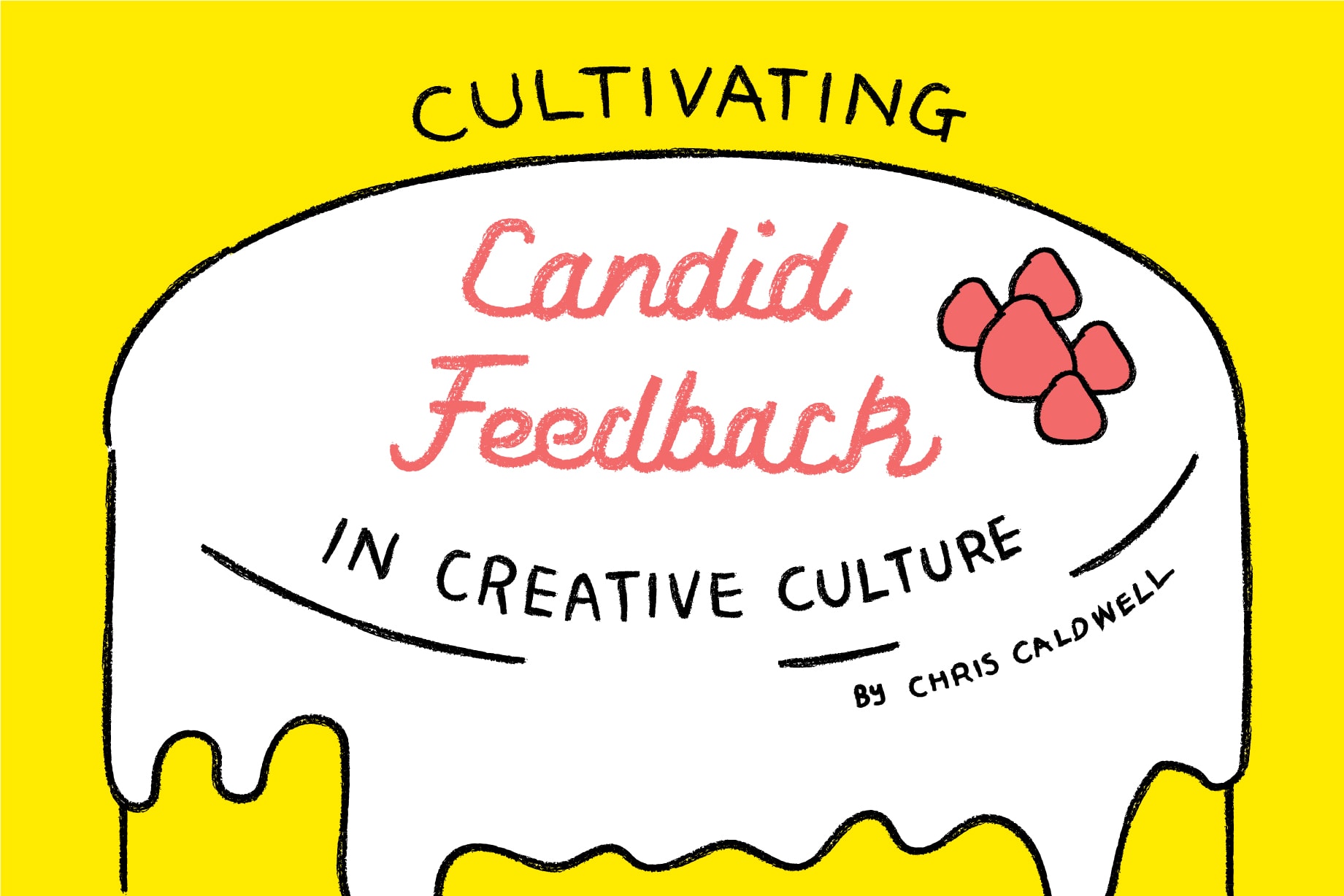 I’ve been exposed to a variety of corporate cultures. Some fill me with inspiration, fellowship, and support, where my co-workers are my best friends and I trust them to give honest feedback — knowing they want to solve problems, and help me produce my best work. Others, leave me exhausted: struggling with job satisfaction and feeling alone. At the root of this, is a feeling that surfacing issues or concerns to managers will fall on deaf ears. When managers listen and do not take action or follow up with action, I’m left feeling powerless to affect change.
I’ve been exposed to a variety of corporate cultures. Some fill me with inspiration, fellowship, and support, where my co-workers are my best friends and I trust them to give honest feedback — knowing they want to solve problems, and help me produce my best work. Others, leave me exhausted: struggling with job satisfaction and feeling alone. At the root of this, is a feeling that surfacing issues or concerns to managers will fall on deaf ears. When managers listen and do not take action or follow up with action, I’m left feeling powerless to affect change.
If this sounds familiar — have hope. With a few insights about shaping feedback and some tips to cultivate an open, supportive, and candid culture, you’ll be on your way to creating an environment where you can thrive together. It all starts with good feedback.
Why Good Feedback is Important
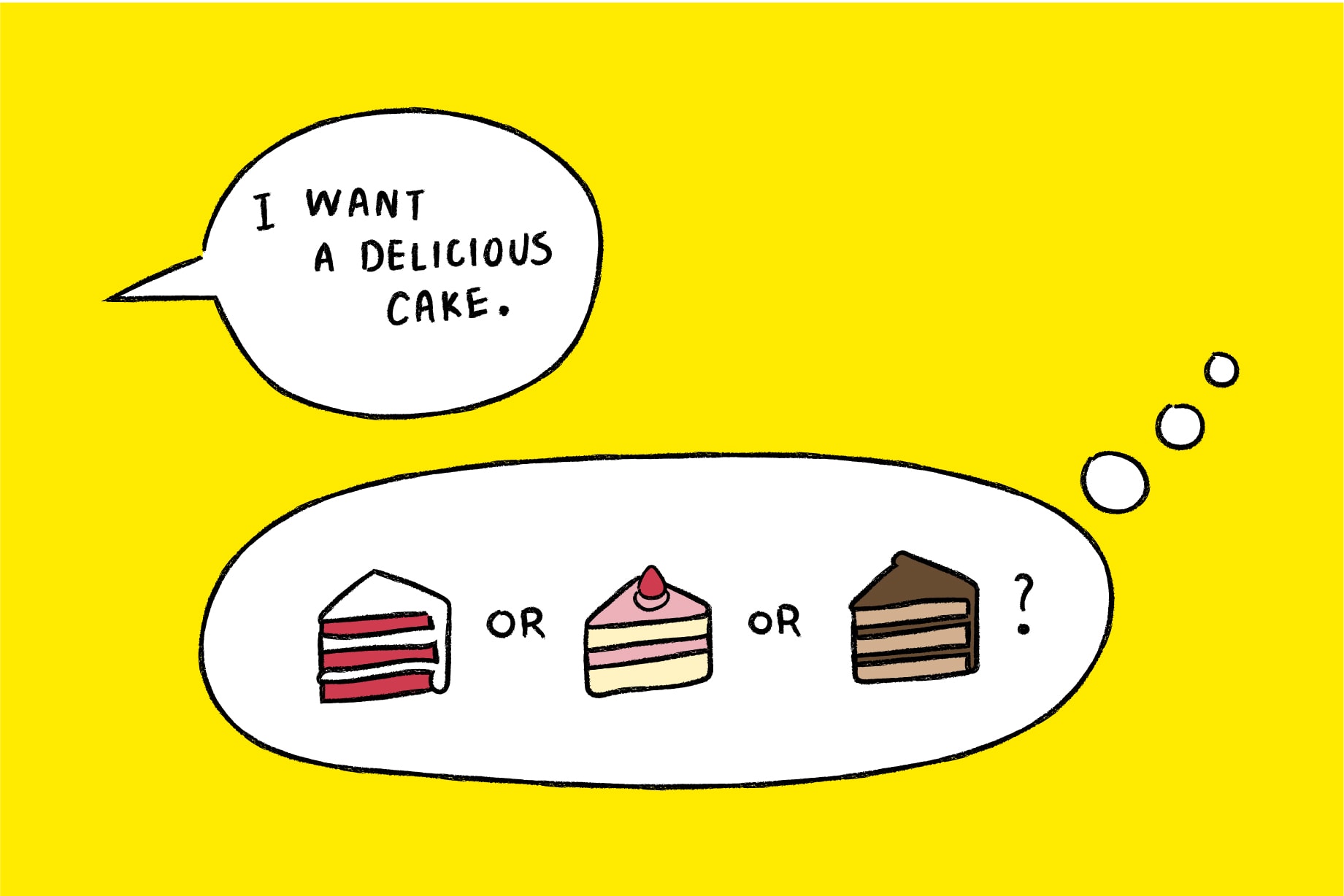
Bad feedback is out to destroy your culture and prevent your team from producing their best work. When it finds you, it can fill you with self-doubt, leave you devoid of energy, and obscures a path to success. It prevents meaningful, insightful, candid conversations from happening.
It’s not easy. At gskinner, we work hard to cultivate good feedback. Good feedback aligns thinking, provides clarity, keeps projects on track, and allows teams to move forward with speed. When people receive good feedback, they are given greater autonomy. They can focus on being productive for longer periods of time without course corrections. Discussions are more meaningful, and ultimately produce greater insights.
Good feedback provides the clarity needed to make effective decisions and resolve problems. It lets you harness and apply an incredible amount of collective intellectual power. Alternate perspectives allow you to unleash the unified potential of your team.
What Does Good Feedback Look Like?
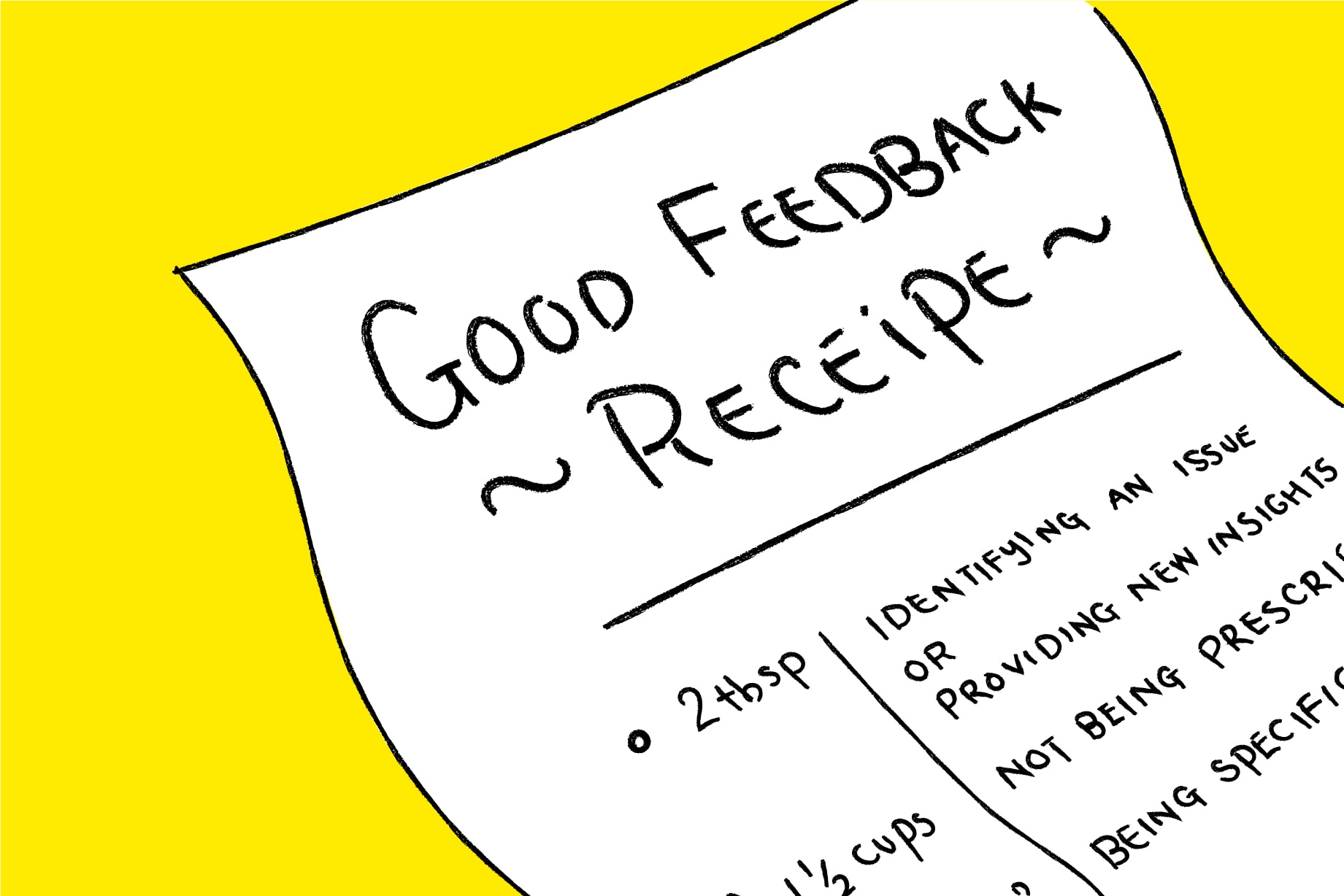
As soon as I knew what good feedback looked like, I was able to recognize that I was both giving and receiving bad feedback. Ed Catmull describes “good notes” in his book, Creativity Inc.
“A good note says what is wrong, what is missing, what isn’t clear, what makes no sense. A good note is offered at a timely moment, not too late to fix the problem. A good note doesn’t make demands; it doesn’t even have to include a proposed fix. But if it does, that fix is offered only to illustrate a potential solution, not to prescribe an answer. Most of all, though, a good note is specific.”
It does a great job of encapsulating all the aspects of good feedback.
- Identifies an issue or provides new insights
- Is provided when it can affect change
- Provides potential solutions
- Is not prescriptive
- Is specific
What does bad feedback look like? “This is amateurish” is a comment I’ve received on an early exploration of a brochure. The feedback didn’t offer any context or insight into what was problematic for the person whose input was critical for approval. In the end, the problem turned out be that our theme wasn’t strong enough and didn’t contribute to a cohesive narrative. It failed to tie all the pieces of communication together. Instead of resolving the real problem, we looked for areas we could improve quality and bring the level of execution to a “professional” level—which wasn’t actually a problem after all.
Once your team starts giving good feedback, you need to begin the work of making candor part of your team’s culture.
So, How Do You Cultivate Candid Culture?
Here’s four things I do to cultivate open, candid, and positive feedback loops within our team.
Create a Safe Environment

From the moment a new member joins our team, I start developing candid feedback loops as a priority.
New team members entering the industry are especially prone to shying away from giving others the candid feedback they need to excel. They often lack confidence to tell me (a 20 year veteran) why they don’t agree. They are also overly cautious when it comes to pointing out where I’m not living up to my own expectations.
With senior team members, I often have to break years of conditioning from environments where candor doesn’t drive the culture and bad feedback runs rampant. They are not used to leadership who crave to be corrected and who can handle being called out when they are wrong — as long as the feedback is good. When feedback is given and there are no outcomes as a result, candid culture can die. Take time and be vigilant to demonstrate that not only was the feedback captured, and understood, but followed up on with action. Following up with individuals and letting them know how I’ve handled their feedback is critical in building trust. It completes the loop.
To make it safe for our team to give and receive candid feedback, I need to be candid with myself, and when possible in front of my team and call myself out in the open—this shows them I can handle honest feedback. I seek my own shortcomings and turn them into public learning opportunities. I find plenty of chances to call myself out, and I’m sure you’ll find some too. Letting people know that you expect them to be candid as part of their role, lays a foundation for your relationship.
When a teammate calls me out, I say “Thanks!” and give’em a high five — seriously, that’s what I do.
Help Them, Help You
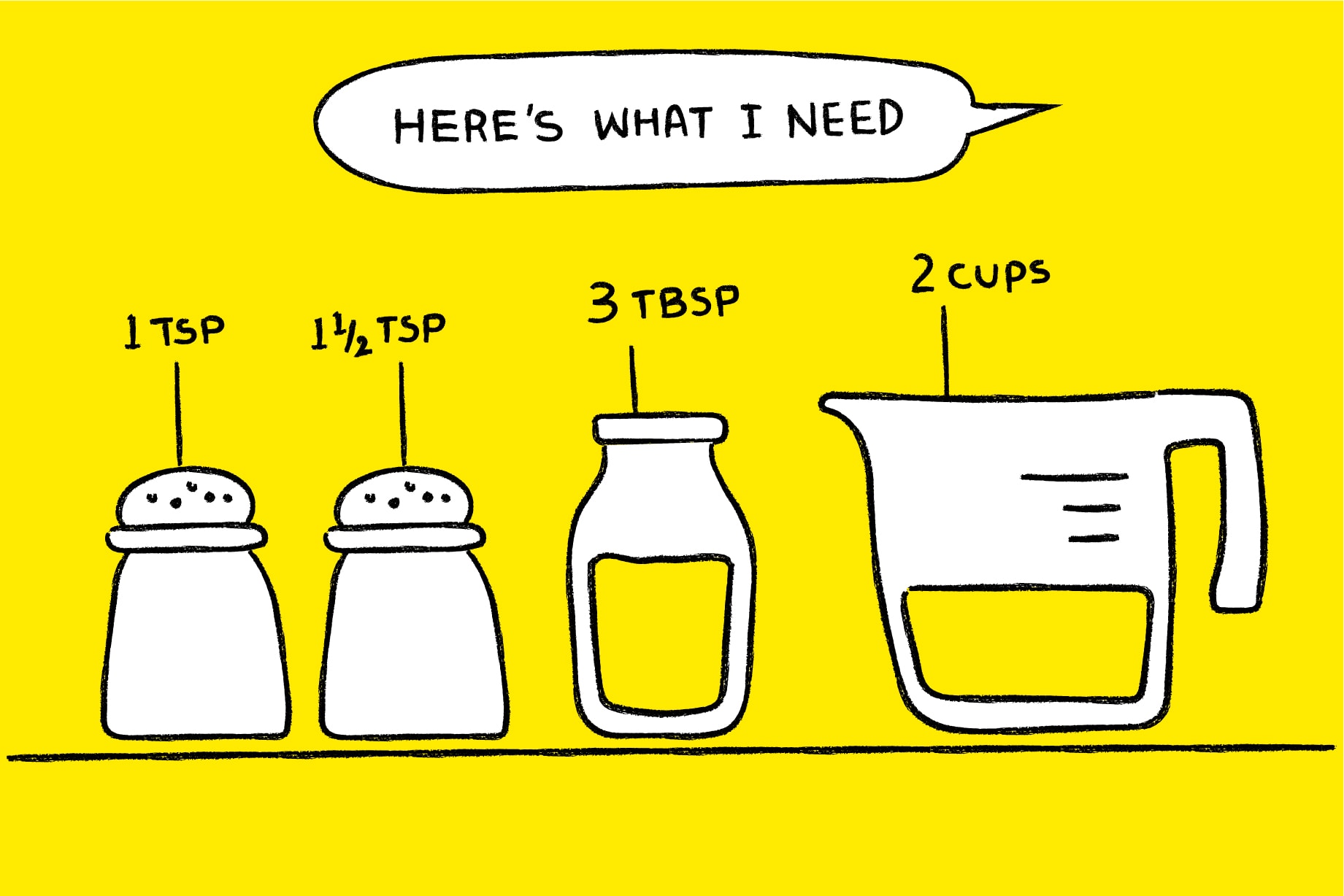
When I ask for feedback, and I’m not specific about what I wish to be critiqued, one of two things happen: I get a vague response that doesn’t have much to do with the problems I’m trying to solve, or, I get a plethora of comments and observations beyond the scope of the problem – often which requires more time to implement than deadlines permit.
Taking the time to shape my request provides a more honed, efficient response. Giving people a starting point shows them how they can help you best. This respects their time by making it easier for them to help you.
Some general guidelines when requesting feedback:
- Let them know what problem you are trying to solve
- Tell them what you think is working well or what is not
- Ask them what they think is missing or doesn’t make sense
- Let them know what they can overlook or ignore
- Ask them to respond within a specific timeframe
Every time I’m vague when requesting feedback, I regret it.
Seek Greater Understanding
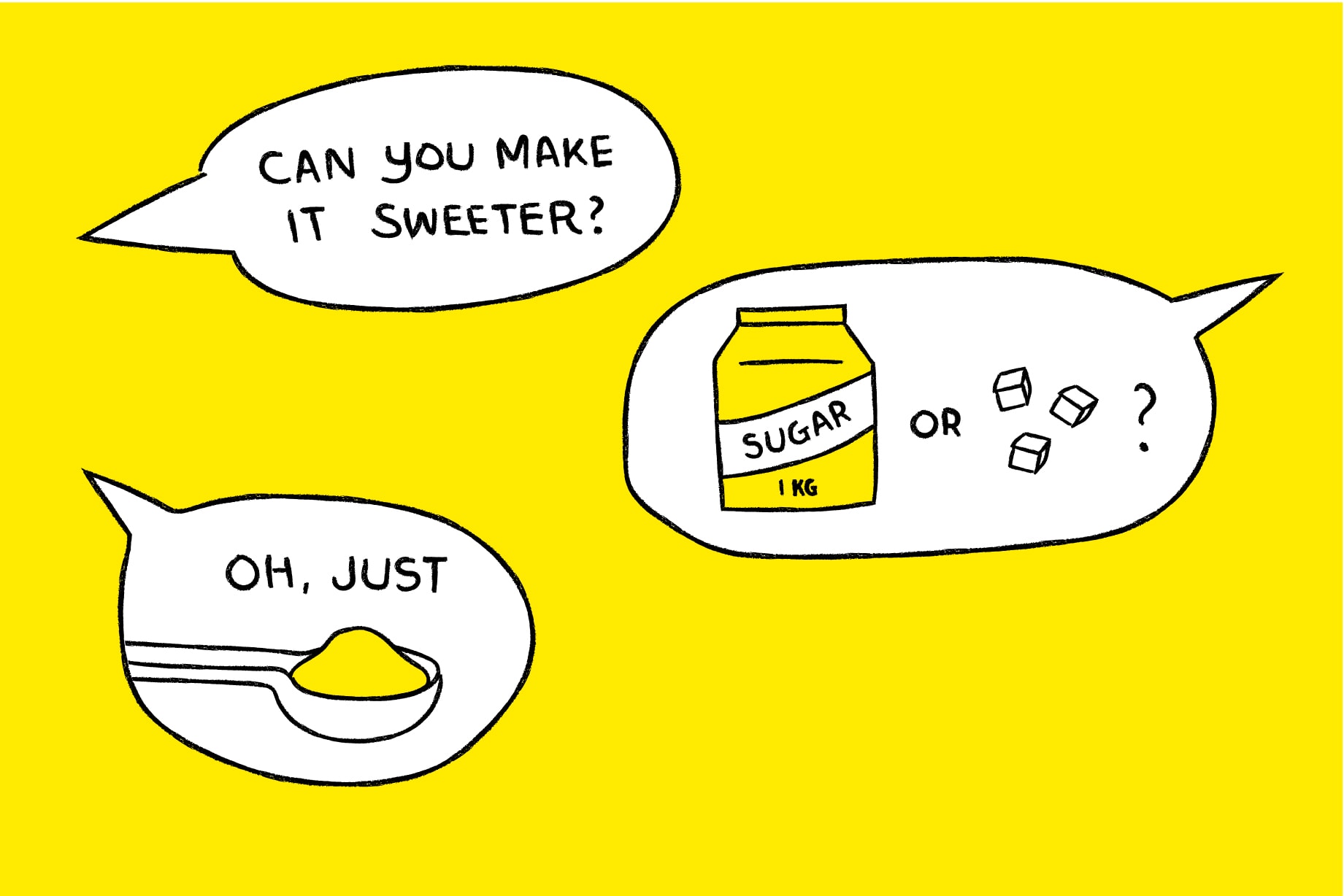
Look for opportunities to transform vague observations into something meaningful. Something I can use to make a decision, or to expand my thinking around the problem.
For example, if you receive a comment like “Something here feels off”, you can’t do much with it because there’s no information to help you identify or understand what’s really going causing problems.
When I get non-descriptive feedback, that’s my cue to start asking questions. Don’t stop probing until you’ve come to an understanding of the problem at the heart of the issue. Relentless questioning often leads to new insights, and creates a shared understanding of the underlying problem.
Using our example of “Something feels off”, we can start asking more specific questions like, “is the color helping create a sense of fun and delight?” or “do the visuals clearly support the content” and eventually, the problem can be identified – “The visuals don’t reinforce the messaging in an obvious way”. By asking better questions, I’ve gained insight that can help resolve a problem.
Have a Point of Reference

I often request feedback from multiple people to get different perspectives. Shaped by their experience, agenda, and preferences, each person’s feedback will differ, and at times be contradictory. This is where I lean on a trusted framework for decision making: a Creative Brief. It documents key strategies, vision, insights, and enables me to execute decisions that are inline with a project’s desired outcomes.
Transform Your Culture

My work at gskinner centers around fostering creative culture. When I’ve put in the time and commitment needed to develop individuals and teams, it can be enjoyable and richly rewarding. At the heart of my role is a need to facilitate open and honest communication to create highly engaged teams. Once engaged, other positive outcomes include:
- Greater job satisfaction
- Increased ownership of tasks, activities, and outcomes
- Improved quality
- Proactive problem identification and resolution
- Stronger relationships
Everyone improves, not only their own situation, but that of their peers, the company, and industry as a whole—it all starts with good feedback.
At the heart of good feedback is a culture where candor is paramount, and one that demands everyone request, give, and receive good feedback. Collaborate with your team to set expectations around feedback, and actively weed out bad feedback from your culture. Approaching feedback with a clear framework will improve your team’s effectiveness, keep egos at bay, and foster an open and collaborative environment where your team can do their best work.
